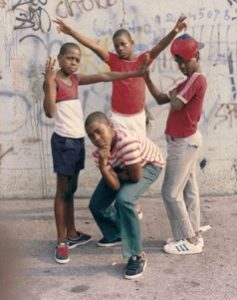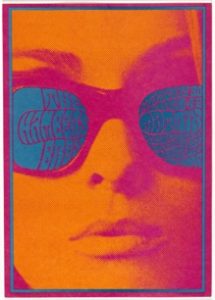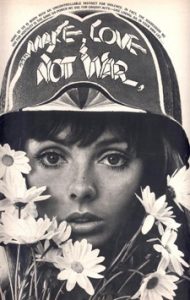Throughout this 10 week Research and Commination Skills brief, I have learnt multiple skills, improved my critical thinking, strengthened my research and referencing ability and widened my knowledge of art movements and artists. I have learnt much more about art history and how society, politics and culture can affect whole art movements and brand new styles of working through acting against the ‘norms’ of that culture. Towards the end of the 10 week module I understood the connection between Research and Communication Skills and studio practice, learning the history of the art movements is influential and teaches you to think in different ways and allow your social, cultural or political surroundings to inspire your work for the majority.
These lectures and further research on the topics have led me to realise and understand the importance of art movements and how strongly art and design can impact social and political decisions. I will use this point of keeping up with contemporary issues to further impact my future work. I was also thoroughly entertained by the ‘Abstract’ Netflix series we watched after the last 3 lectures; this really helped me to understand how different artists work and what influences and inspires them to do so. It was fascinating seeing what a day to day life for an artist involves and this helped me to further research artists and answer the relevant weeks task by using quotes from the Abstract series revolving around a specific designer.
Personally, I really enjoyed the lectures about postmodernism and publishing images and found these most interesting. I particularly enjoyed learning and researching about postmodernism because it allowed artists to be freed from the ‘norms’ of that culture and design what they liked. Like stage designer Es Devlin said “design should show, reveal and deconstruct”, I feel like this quote fits perfectly into the postmodernism movement.
One of my favourite artists when researching postmodernism was Jamel Shabazz, a photographer who documents and captures various aspects of life in New York city. He photographs the Urban areas to show perspective. I found this really inspiring as his photos prove that even urban life is cultured and beautiful. By going into the unknown you capture difference and this was a big deal within the postmodernism art movement. ‘His work is testament to the beauty that can be found in the places considered least likely to provide it’.
Overall, by completing this module it has allowed me to understand previous art movements and the art history timeline. This has also helped me to differentiate between the graphic art pathways and has helped me to confirm which pathway I want to pursue. By researching specific artists, it has helped influence my choice to choose the graphic design pathway, also within this I am going to continue to practice and improve my photography skills and incorporate this within my graphic design briefs and design work, also personal work.






 David Carson i
David Carson i



 Inglorious Fruit and Veg, is a campaign created by Intermarché in order to help reduce food waste by selling deformed fruit and veg at a 30% discounted rate. The name is printed onto the campaign posters at the bottom left, this shows that they don’t want to hide away and be rejected. The word inglorious is bold and in upper case, and the fruit and vegetables is below this in lower case, this makes it clear that the point of the campaign is showing that the fruit is inglorious.
Inglorious Fruit and Veg, is a campaign created by Intermarché in order to help reduce food waste by selling deformed fruit and veg at a 30% discounted rate. The name is printed onto the campaign posters at the bottom left, this shows that they don’t want to hide away and be rejected. The word inglorious is bold and in upper case, and the fruit and vegetables is below this in lower case, this makes it clear that the point of the campaign is showing that the fruit is inglorious. In comparison, this ‘without ketchup’ advert uses very simplistic photography and layout.
In comparison, this ‘without ketchup’ advert uses very simplistic photography and layout.